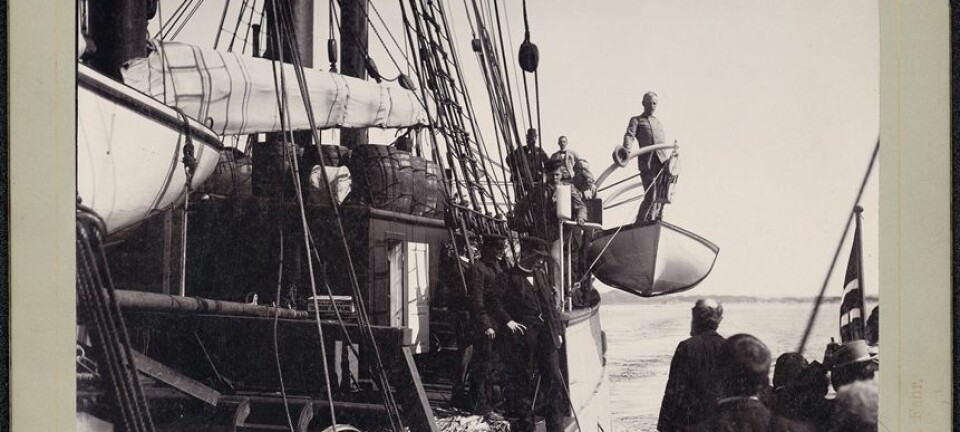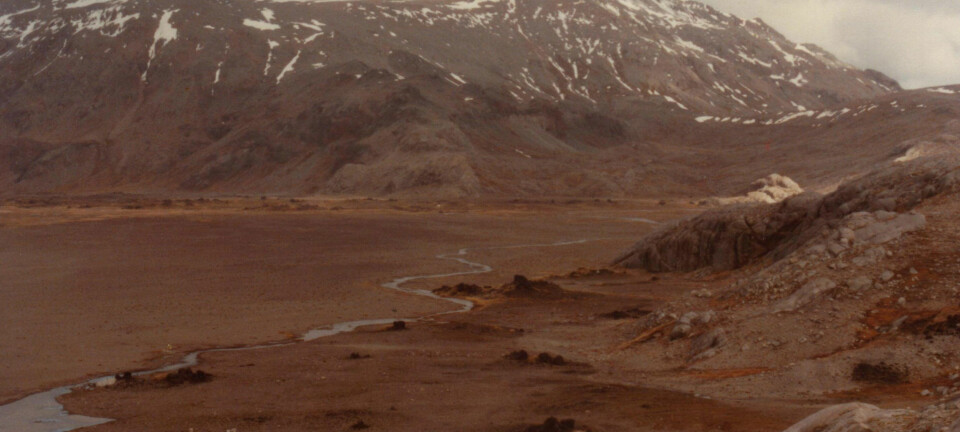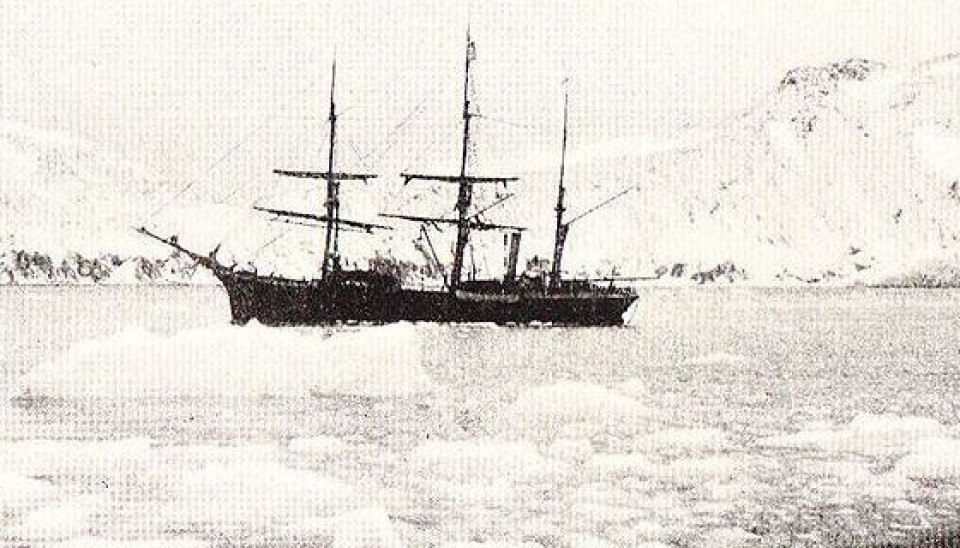
Historic shipwrecks could be preserved in the Antarctic
Shipworms − molluscs that bore into wood − shun Antarctic waters. This suggests that sunken ships from polar exploration history might be found in near pristine shape.
Denne artikkelen er over ti år gammel og kan inneholde utdatert informasjon.
Place a chunk of wood in most the world’s oceans and wood-eating fauna will usually make short shrift of it within months.
But there are waters where shipworms cannot live, for instance the brackish Baltic Sea.
It turns out that Antarctic waters comprise another inhospitable barrier for such wood-eaters.
“We are thrilled to discover that wood which has spent a long time in the sea is completely untouched by wood-boring organisms,” says Thomas G. Dahlgren, research at Uni Research in Bergen and one of the authors of a new study.
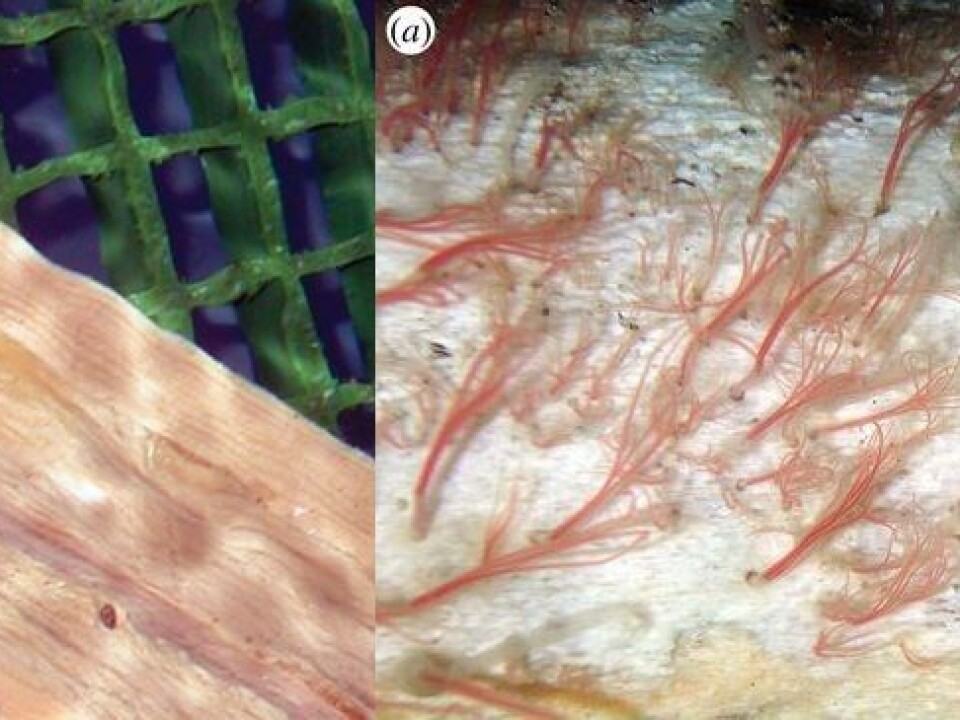
Their findings raise hopes of discovering preserved remnants of our scientific and exploration history:
Several wooden sailing ships sank off Antarctica, including the ship used by the Swedish geologist Otto Nordenskjöld. Chances are fair that his vessel, Antarctic, is still intact on the bed of the Weddell Sea – complete with geological samples from the start of the last century.
Whale skeletons get eaten, ships don’t
Shipworms are not really worms, they are molluscs. The shells of Teredo and Xylophagainae “worms” have evolved into cutting blades that these creatures use to bore into wood.
Dahlgren and colleagues have investigated the conditions for preservation of wood as well as whale bones in Antarctic waters. Worms that eat whale bones and other skeletons share ecological similarities with shipworms, making it natural to test the living conditions of both.

“Both of these organism types drift about in a larval stage until they come in contact with a suitable surface, where they attach and reach adulthood. As adults they eat away this surface by boring into and metabolizing it,” explains Dahlgren.
The researchers placed test pieces of wood and whale bone on the Southern Ocean seafloor for up to 14 months, checking at intervals what had attached to them.
Whale bones are fairly quickly recycled. It took little time for them to become infested with worms and in some cases completely consumed. The pieces of wood went unscathed.
Sea currents stop larvae
Why would some species thrive in Antarctic waters and others not?
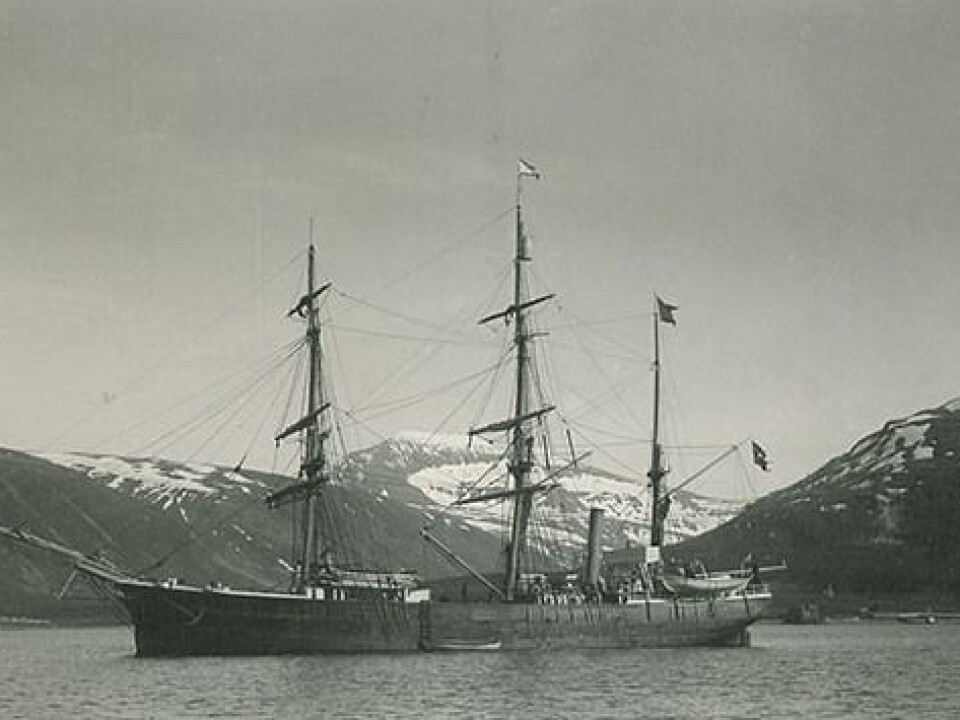
First of all there are plenty of whale-falls (sunken skeletons) in the area, as many species of cetaceans abound in these waters. But no trees have grown on the Antarctic continent the past 30 million years. Nevertheless, the nearest source of wood, Chile, isn’t all that far off:
“The South Chilean continental shelf, where wood material is found on the seabed, is just 700 kilometres from the Antarctic shelf. This is almost nothing at all for drifting larva,” points out Dahlgren.
“But the Antarctic circumpolar current runs around the continent and it appears to sweep any larvae with it and prevent them from getting a foothold on the shelf. But Dahlgren is still looking for a good explanation as to why the whale bone worm can breach a barrier that stops shipworms.
Sank in 1903 – could still be in good shape
In the pioneering days of polar research in the early 1900s, many ships were still constructed of wood.
Polar expeditions were hazardous and some of these ships never returned. They sank along with samples that the teams couldn’t take with them when evacuating their doomed vessels.
One such ship is the Antarctic, the vessel used by the Swedish geologist Otto Nordenskjöld when mapping the geology of this inhospitable continent.
Its Norwegian captain Carl Anton Larsen only kept the Antarctica afloat for nearly two years but some novel discoveries were made. Among other things, Nordenskjöld’s findings contributed ammunition for Alfred Wegner’s theory, launched in 1912, postulating that the Earth’s surface consists of drifting continental plates. This has since been superseded by the science of plate tectonics.
The Antarctic sprang a leak and sank on 12 February 1903. The expedition was then in the Weddell Sea, the part of the Southern Ocean which forms a huge bay in northwest Antarctica. The crew survived but nobody came to their rescue until nearly a year later.
Would like to find it
Antarctic was an important ship for the Nordic countries and scientific research, and Nordenskjöld was a major Swedish geologist. Dahlgren says he collected a large amount of material on the Antarctic Peninsula.
“The vessel should still be there, probably in relatively shallow waters. It would be fascinating to investigate it. We think a lot of geological samples could still be aboard.”
If anyone feels the call, they could start making plans for an expedition to find the shipwreck. Dahlgren wouldn’t mind participating in such a hunt:
“If my family would permit it, I’d be happy to join in myself. I’ve been down there two times now, and Antarctic voyages are lengthy affairs, but I’d like to take part in the search,” he says.
----------------------
Read the full version of this article at forskning.no
Translated by: Glenn Ostling







